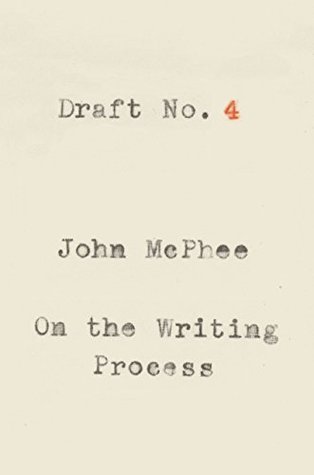More on this book
Community
Kindle Notes & Highlights
Readers are not supposed to notice the structure. It is meant to be about as visible as someone’s bones.
The lead—like the title—should be a flashlight that shines down into the story. A lead is a promise. It promises that the piece of writing is going to be like this. If it is not going to be so, don’t use the lead.
A lead is good not because it dances, fires cannons, or whistles like a train but because it is absolute to what follows.
Its implication is that few (if any) details are individually essential, while the details collectively are absolutely essential.
I include what interests me and exclude what doesn’t interest me. That may be a crude tool but it’s the only one I have.
Look back upstream. If you have come to your planned ending and it doesn’t seem to be working, run your eye up the page and the page before that. You may see that your best ending is somewhere in there, that you were finished before you thought you were.
Young writers find out what kinds of writers they are by experiment.
I have long thought that Ben Jonson summarized the process when he said, “Though a man be more prone and able for one kind of writing than another, yet he must exercise all.”
“How can you afford to use so much time and go into so many things in such detail with just one writer when this whole enterprise is yours to keep together?” He said, “It takes as long as it takes.”
What appears to be competition is actually nothing more than jealousy and gossip. Writing is a matter strictly of developing oneself. You compete only with yourself. You develop yourself by writing.
Writers come in two principal categories—those who are overtly insecure and those who are covertly insecure—and they can all use help.
It is possible in managing a quote—not to say manipulating a quote—to present something that is both verbatim and false. In a book published in 1977, I said, “Alaska is a foreign country significantly populated with Americans.” In a July, 2009, piece on Sarah Palin, Time magazine quoted the book, saying, “Alaska is a foreign country.”
In complex situations, quotation, fairly handled, can help keep judgment in the eye of the beholder, and that is a deeper mission for a writer than crafting a sermon from a single point of view.
If a quote is something like “I’ll be there prepared for anything at the first hint of dawn,” and you think, for any reason, that it may have too much dust on it to be in the verbatim zone, get rid of the quotation marks and state it in indirect discourse (improving the logic while you’re at it): She said she would be there at the first hint of dawn, prepared for anything.
“He looks a bit like Gene Wilder, and has some of the same manic energy.” Gene Wilder? Search me. But nota bene: when Joel says “the same manic energy,” he is paying back much of the vividness he borrowed.


